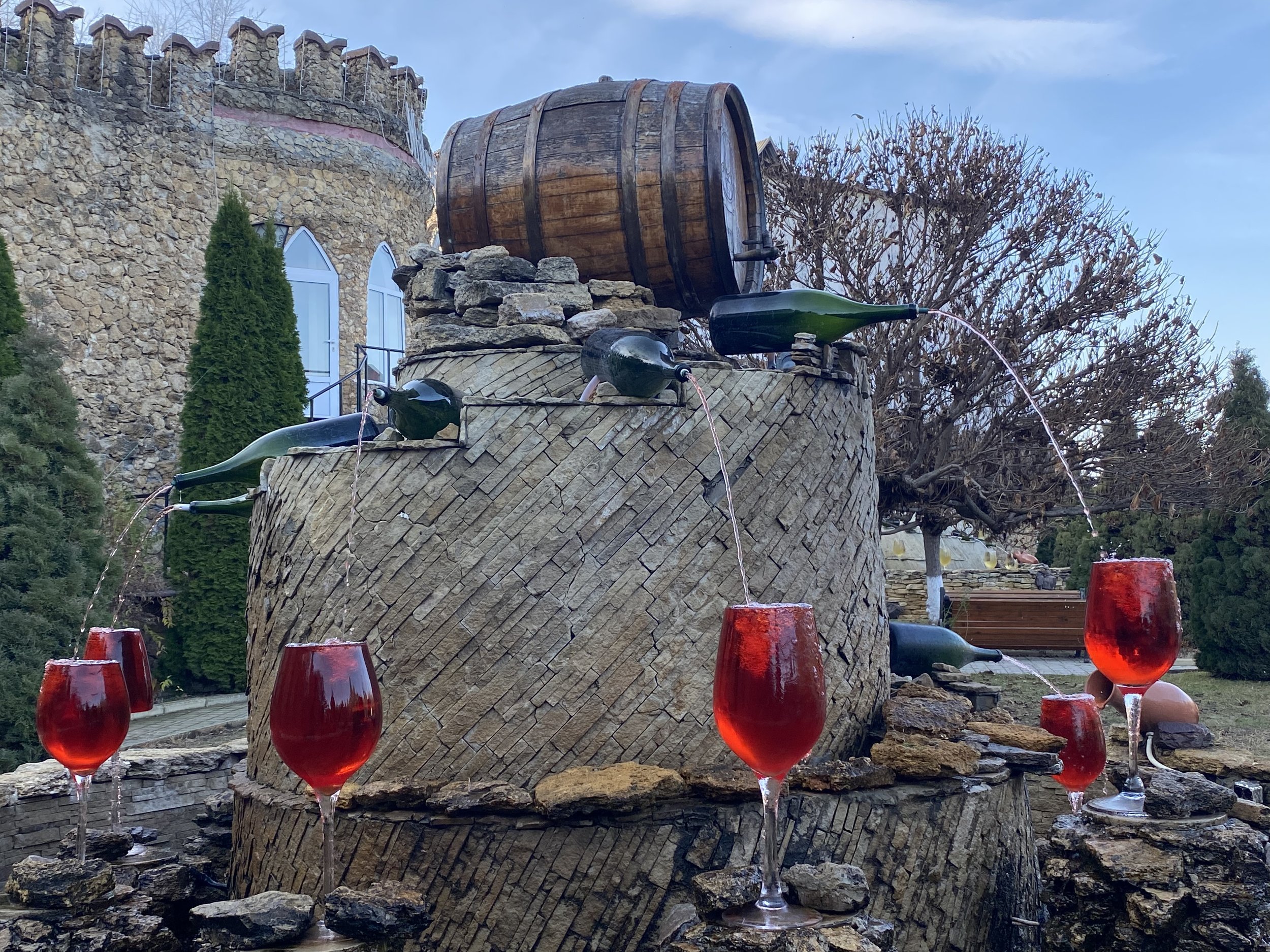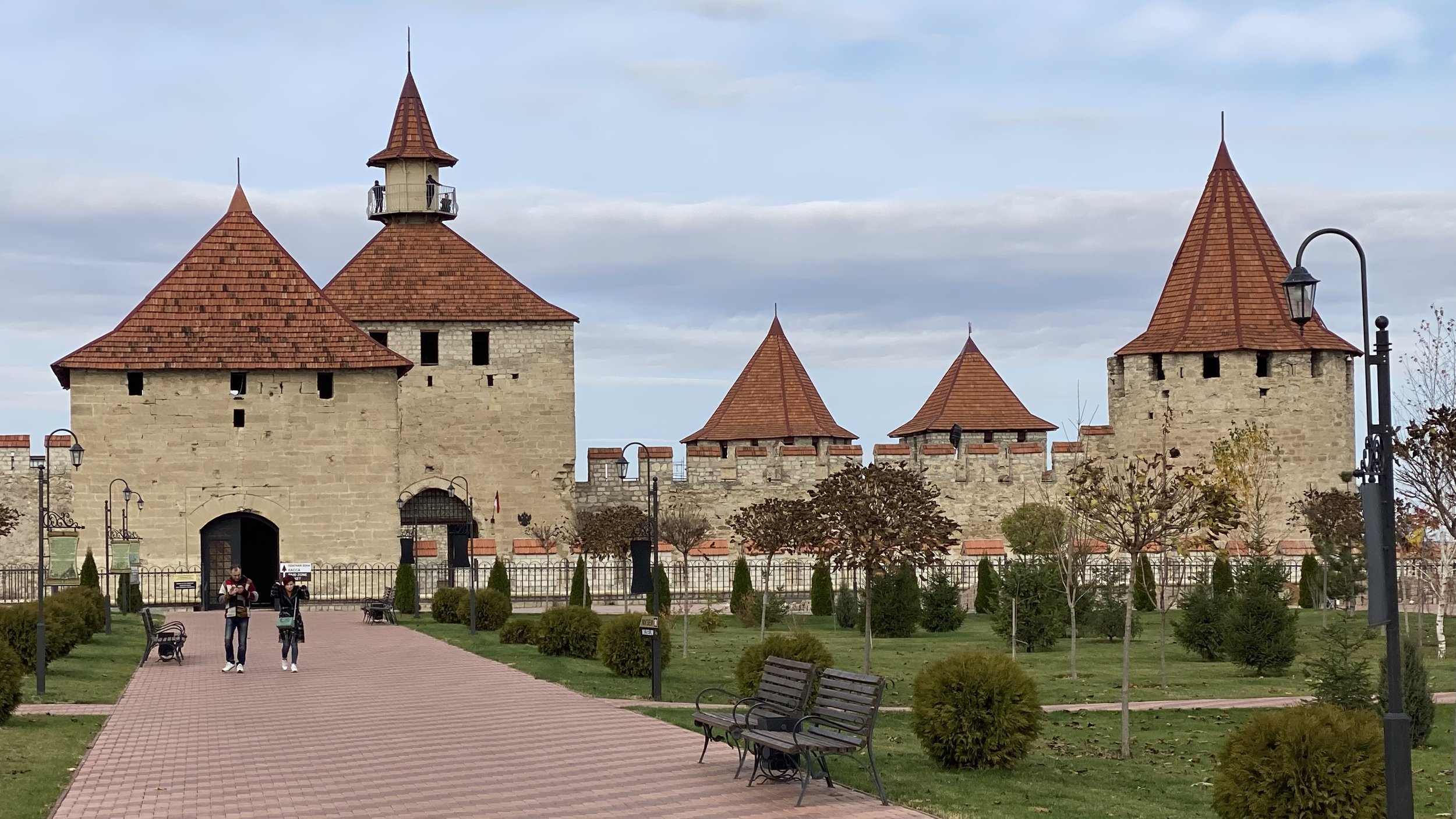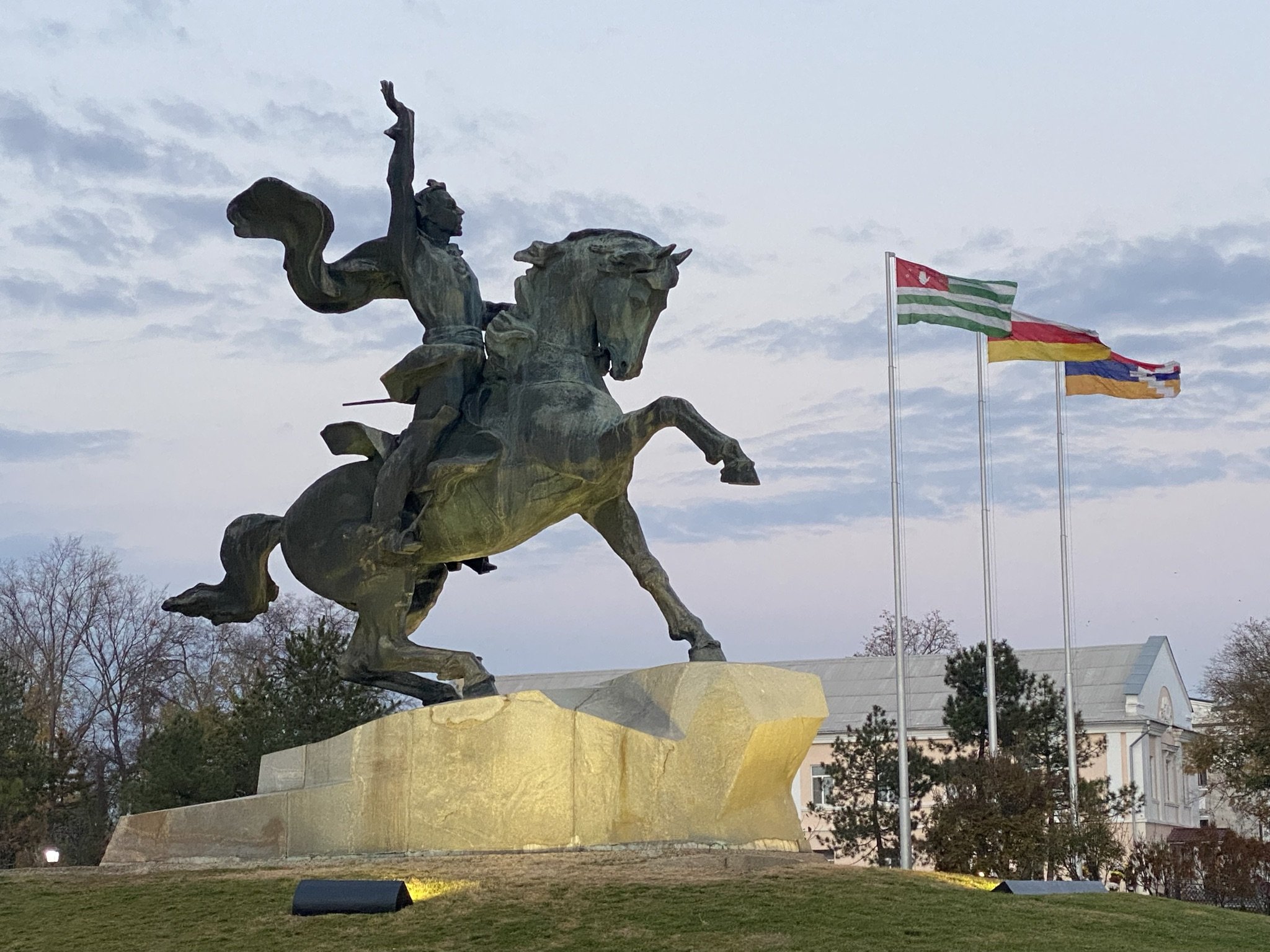Visiting Moldova during Covid in November 2021
Moldova is the least visited country in Europe, but it still has some fun and unique sights. In my ‘’Is Moldova worth visiting’’ article I wrote about my first journey here in 2015. I returned in November 2021. Due to the Covid-pandemic there was a travel ban between my current home in the Netherlands and my former city Moscow that has lasted 20 months. My girlfriend and I looked for a place to meet up with two great Russian friends, and we decided on Moldova: a country that welcomed both EU citizens and Russians. Here’s our experience.
Entering Chisinau
Like the rest of Europe, Moldova adopted social distancing, hand sanitising and the wearing of face masks in public places. We had to show our printed vaccine certificate at the immigration desk in the airport and at one quite fancy restaurant. All the other restaurants, bars, and sights we visited didn’t require a vaccine certificate. There was clearly no curfew here, as we found a bar that was open 22 hours a day. Chisinau was a good place to eat out and drink, but for the best sights we had to leave the city.
The largest wine cellar in the world
Moldova has a mild climate, and even in November it was pleasant to be outside. Temperatures hit over 20 C during our visit. Hence wine production is big here, and here you can find the biggest wine cellar in the world named Milestii Mici. With 55 kilometres of tunnels, a depth of down to 85 meters and 2 million bottles you can’t just walk around here. In 2015 I visited by car. This time we took a guided tour with a tourist train, finishing off with wine tasting. It’s unique to see the long tunnels full of wine barrels, walk around the large collections of wines and to taste great wine in a cellar deep underground.
Nasterea Domnului Cathedral, Chisinau
Entrance to Milestii Mici wine cellar
Inside the Milestii Mici wine cellar
Transnistria
After Moldova became independent from the USSR, ethnic clashes broke out between Moldova’s Roman and Slavic population. The fight led to the breakaway of Transnistria, an autonomous republic within Moldova with its own Soviet government, army, border check-points and currency. We took a mashrutka from Chisinau to the Transnistrian town of Bender. A police officer told the driver and half of the passengers off for not waring the obligated face mask. Just a minute after the warning most passengers put away their face-mask again. There were no groups of soldiers or armoured vehicles at the border like I saw during my first visit in 2015. After a quick passport check we were dropped off at the fortress of Bender. This 500 year old fortress has impressive walls, towers, and two historical exhibitions. The exhibit of torture instruments, including graphic drawings of how they were used, was grim. But that didn’t prevent a family with a small kid from walking around anyway (we did warn them in advance).
Bender Fortress
We crossed the Dniester river by flagging down a taxi to Transnistria’s capital Tiraspol. The symbols from the USSR are still here, like Lenin in front of the ‘’Soviet Supreme Council’’. We saw gas stations, supermarkets, and the famous football stadium of the largest company Sheriff, named after its founder and former KGB agent ‘’Sheriff of Tiraspol’’ Viktor Gushan. Behind the statue of Russian general Suvorov are the flags of the only countries that recognise Transnistria: Abkhazia, South-Ossetia and Artsakh, breakaway states themselves. Tiraspol is small, but it’s interesting to experience a country within a country. After a local ‘’Kvint’’ cognac it was time to leave again.
Suvorov statue, Tiraspol
Soviet Supreme Council, Tiraspol
T-34 Tank Monument, Tiraspol
Practical info on traveling here
Entry to Moldava: EU and Russian citizens didn’t need a visa to enter Moldova as a tourist in November 2021. We had to show our Covid-vaccine certificate to fly in. I read that a PCR-test was sufficient as well, but I can’t confirm this. Always check the latest requirements to see what rules apply to you. We changed money at the airport and in the city centre of Chisinau. At the airport I bought a local sim-card from Moldcell.
Travel to Transnistria: Mashrutkas to Bender and onwards to Tiraspol leave from Chisinau Central Bus Station at the Central Market. Buses from Tiraspol to Chisinau leave in front of the train station. To enter Transnistria we had to show our passports. The border official gave us a receipt, which we had to show when heading back to Chisinau. At Bender fortress we could pay with Moldovan Lei, but in Tiraspol we needed Transnistrian Rubles. We changed money at the Green Market near Suvorov Square in Tiraspol.
Traveling around Chisinau and Tiraspol: We either walked or used taxis. Uber does not work in Moldova. Yandex Go works in Chisinau but not in Tiraspol.
Visiting Milestii Mici: We made a reservation for a tour around Milestii Mici at the wineshop at Alexander Pushkinstreet 15 in Chisinau. We got to Milestii Mici by taxi and paid for the tour at the entrance of the wine cellar.
Eating out and drinking in Chisinau: Restaurant La Placinte (Strada Mitropolit Dosoftei 100) has good traditional food, we went there twice. We had two great nights at Brothers Pub (Strada Mihai Eminescu 29), and met some nice people here as well. In November 2021 face masks were obligatory when walking around restaurants and bars, but there was no curfew.






